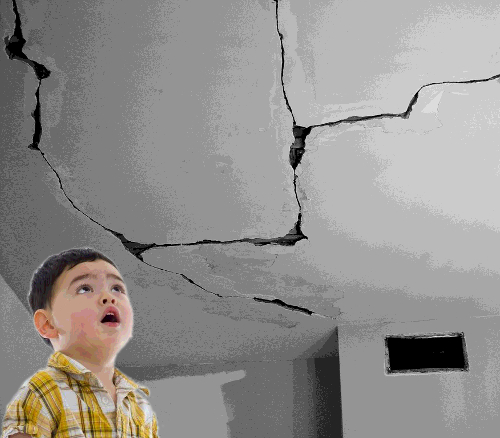AI tuned to aftershocks
 Researchers have used machine learning to forecast aftershock patterns following large earthquakes.
Researchers have used machine learning to forecast aftershock patterns following large earthquakes.
A team from the US has trained a neural network to understand where earthquakes induce stress using data from more than 100,000 pairs of earthquakes and aftershocks.
Aftershocks are a response to seismic stress changes generated by large earthquakes, and empirical laws exist that describe their size and frequency. However, explaining and forecasting the location of aftershocks has proved more difficult.
Harvard University researcher Phoebe DeVries and colleagues trained a neural network using data from more than 131,000 pairs of earthquakes and aftershocks.
They found that their network was able to identify and explain the pattern of aftershock locations in an independent dataset of more than 30,000 earthquake–aftershock pairs more accurately than previous systems for assessing stress change could.
The authors say their findings show how deep learning approaches can lead to improved aftershock forecasts and provide insights into the mechanisms of earthquake triggering.








 Print
Print